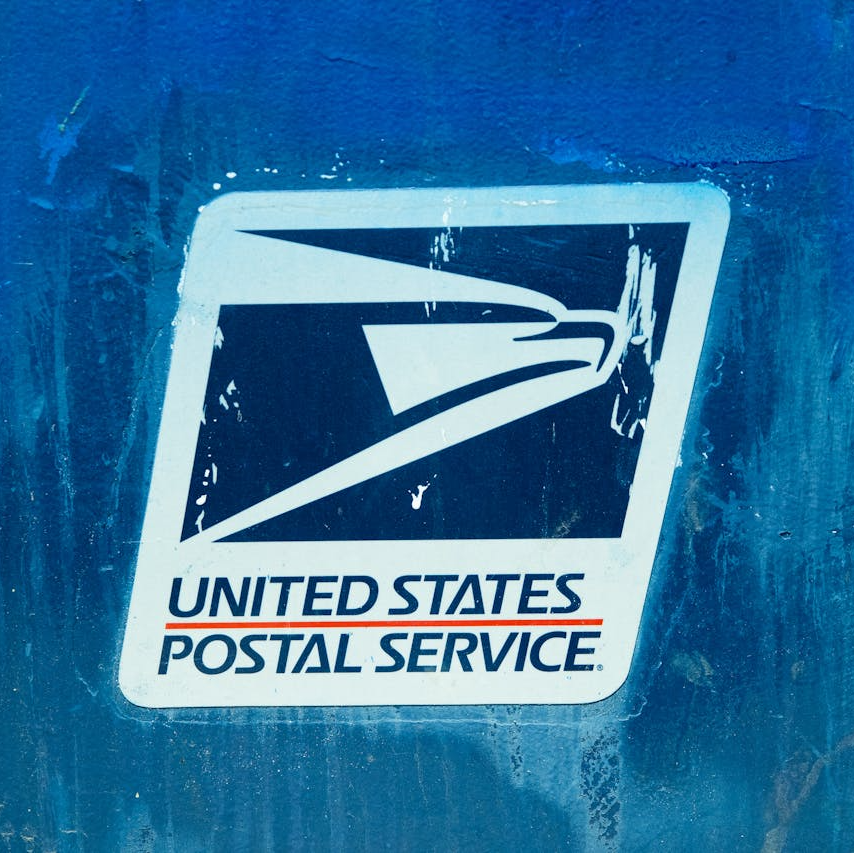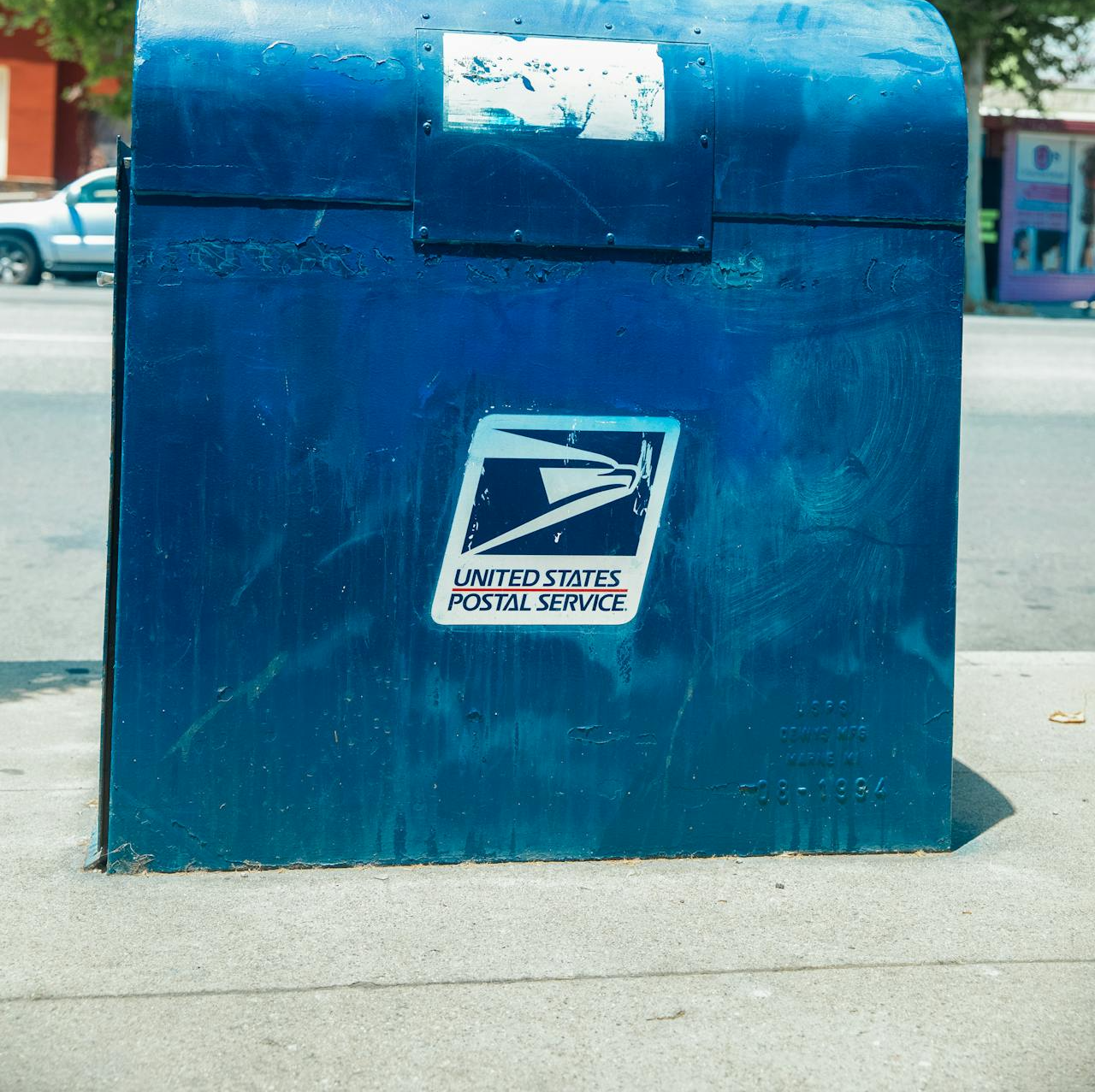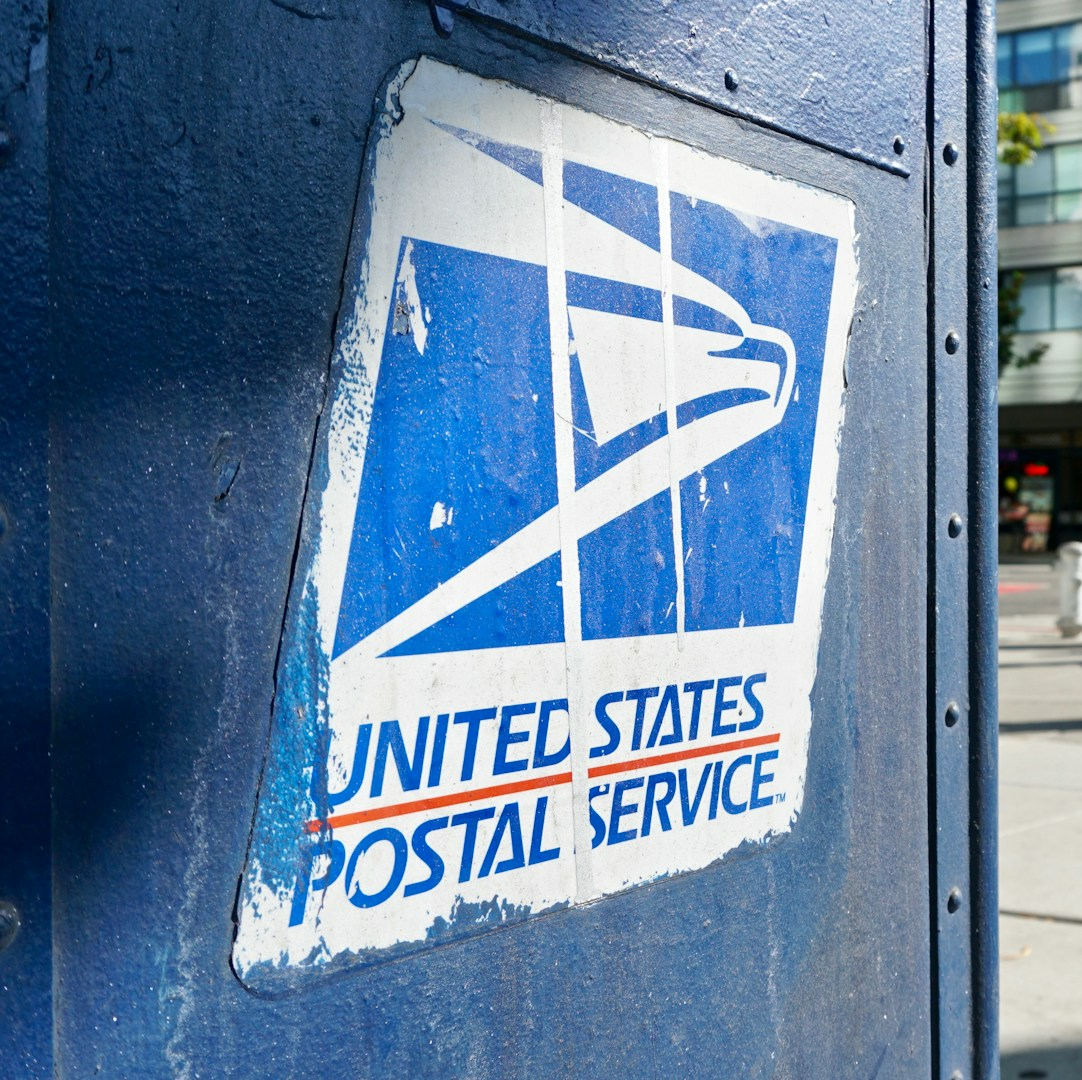Key Takeaways
-
Medicare Advantage plans now offer a wider range of benefits, but the options can vary significantly based on location and plan type.
-
Postal retirees are reevaluating their coverage options due to the transition to the Postal Service Health Benefits (PSHB) program and Medicare’s evolving landscape.
Understanding Medicare Advantage: A Quick Refresher
Medicare Advantage (Part C) plans bundle Medicare Parts A (hospital insurance) and B (medical insurance), and often include additional perks like prescription drug coverage and supplemental benefits. These plans are offered by private insurers approved by Medicare, but they’re not one-size-fits-all. Instead, they come with varying costs, coverage limits, and provider networks, making it essential to carefully evaluate what each plan offers.
For postal retirees transitioning to the PSHB program, understanding how Medicare Advantage integrates with your health benefits can help you maximize coverage while minimizing out-of-pocket costs. Whether you’re new to Medicare or reevaluating your current plan, there are some key considerations to keep in mind.
The PSHB Transition and Why It Matters
The Postal Service Health Benefits (PSHB) program launched in 2025, replacing the Federal Employees Health Benefits (FEHB) program for USPS employees and retirees. If you’re a postal retiree, this transition means you’ll need to enroll in a PSHB plan to maintain your health coverage. For those already eligible for Medicare, this also presents an opportunity to explore Medicare Advantage plans as part of your overall strategy.
The PSHB program integrates with Medicare for retirees aged 65 and older, requiring enrollment in Medicare Part B. While PSHB plans typically coordinate well with Medicare, some Medicare Advantage plans may offer even greater benefits, such as lower deductibles or enhanced coverage for services like dental, vision, and hearing. However, it’s crucial to evaluate these options carefully to ensure they align with your healthcare needs and budget.
Exploring the Benefits of Medicare Advantage Plans
Medicare Advantage plans have evolved over the years, and in 2025, they’re offering a variety of features that appeal to retirees. Here’s what you can expect:
Comprehensive Coverage
Medicare Advantage plans typically bundle hospital, medical, and prescription drug coverage into one package. Many plans also include supplemental benefits such as:
-
Routine dental care, including cleanings and dentures.
-
Vision benefits, such as glasses and eye exams.
-
Hearing aids and hearing tests.
-
Fitness programs like gym memberships or home exercise kits.
Coordinated Care
If you’re looking for streamlined healthcare, Medicare Advantage plans often emphasize coordinated care through networks of doctors, hospitals, and specialists. This can result in fewer redundancies and better management of chronic conditions.
Prescription Drug Coverage
All Medicare Advantage plans include Part D prescription drug coverage, making it easier to manage your medications under a single plan. Starting in 2025, a new $2,000 cap on out-of-pocket drug costs provides added financial protection for beneficiaries.
Financial Predictability
Medicare Advantage plans often feature annual out-of-pocket maximums, giving you a clear cap on how much you’ll spend on covered services each year. This can be especially helpful for retirees managing a fixed income.
Comparing PSHB and Medicare Advantage Plans
While PSHB plans offer robust health coverage, there are key differences to consider when weighing them against Medicare Advantage plans. Here are some factors to keep in mind:
Premiums and Out-of-Pocket Costs
PSHB premiums and cost-sharing vary depending on the plan you choose. Similarly, Medicare Advantage plans also differ in their premium structures, but they’re known for their potential to lower out-of-pocket costs through supplemental benefits and reduced copayments.
Provider Networks
PSHB plans often allow you to see any provider who accepts Medicare, offering greater flexibility. In contrast, Medicare Advantage plans typically have more limited networks, such as Health Maintenance Organizations (HMOs) or Preferred Provider Organizations (PPOs). Be sure to check whether your preferred doctors and hospitals are included in the plan’s network.
Prescription Drug Coverage
While both PSHB and Medicare Advantage plans include prescription drug coverage, the $2,000 out-of-pocket cap under Medicare Part D in 2025 is a notable advantage for those with high medication costs.
Supplemental Benefits
One major draw of Medicare Advantage plans is the additional perks they offer. PSHB plans also include supplemental benefits, but the availability and scope of these features can differ.
Choosing the Right Plan for Your Needs
Selecting a health plan can feel overwhelming, but breaking it down into key considerations can simplify the process. Here are some steps to guide your decision-making:
1. Assess Your Healthcare Needs
Start by evaluating your current health status and anticipated needs. Do you require regular specialist visits or have ongoing prescription medications? Make a list of your must-have services to ensure your chosen plan meets those needs.
2. Understand the Costs
Look beyond premiums to understand the full cost of coverage, including deductibles, copayments, and out-of-pocket maximums. For Medicare Advantage plans, remember that the $2,000 cap on prescription drug costs in 2025 can significantly reduce your financial burden.
3. Check Provider Networks
Ensure your preferred doctors, hospitals, and specialists are included in the plan’s network. If you value flexibility in choosing providers, a PSHB plan may be a better fit.
4. Review Supplemental Benefits
Consider the value of supplemental benefits like dental, vision, and hearing coverage. If these are important to you, compare the options under both PSHB and Medicare Advantage plans.
5. Seek Expert Advice
If you’re unsure which plan is right for you, consult a benefits counselor or Medicare advisor. They can help you navigate the details and find a plan that aligns with your needs.
Important Timelines to Keep in Mind
Staying on top of enrollment deadlines is critical to maintaining your coverage. Here are the key dates for 2025:
-
PSHB Open Season: November 11 to December 13, 2025. This is the time to review and make changes to your PSHB plan.
-
Medicare Advantage Open Enrollment Period: January 1 to March 31, 2025. If you’re already enrolled in a Medicare Advantage plan, you can switch plans or return to Original Medicare during this period.
-
Annual Enrollment Period (AEP): October 15 to December 7, 2025. This is when you can enroll in or change Medicare Advantage and Part D plans for the upcoming year.
Why Postal Retirees Are Taking a Closer Look
The integration of Medicare with the PSHB program in 2025 has prompted many postal retirees to reevaluate their health coverage options. For those already enrolled in Medicare, Medicare Advantage plans offer an attractive alternative or complement to PSHB coverage. Here’s why:
-
Lower Out-of-Pocket Costs: The $2,000 cap on prescription drug costs and annual out-of-pocket maximums make Medicare Advantage plans appealing for retirees on a budget.
-
Enhanced Benefits: Supplemental benefits like dental, vision, and hearing coverage can fill gaps not fully covered by PSHB plans.
-
Coordinated Care: Medicare Advantage plans often emphasize integrated care, which can improve health outcomes and simplify access to services.
However, it’s important to weigh these advantages against potential downsides, such as limited provider networks and restrictions on out-of-network care.
Make an Informed Choice for Your Health
Navigating your health coverage options as a postal retiree may seem daunting, but understanding the differences between PSHB and Medicare Advantage plans can empower you to make the best decision for your unique needs. Take the time to assess your healthcare priorities, compare plan benefits, and consult with experts if needed. With the right plan in place, you can enjoy peace of mind knowing your healthcare needs are covered.











